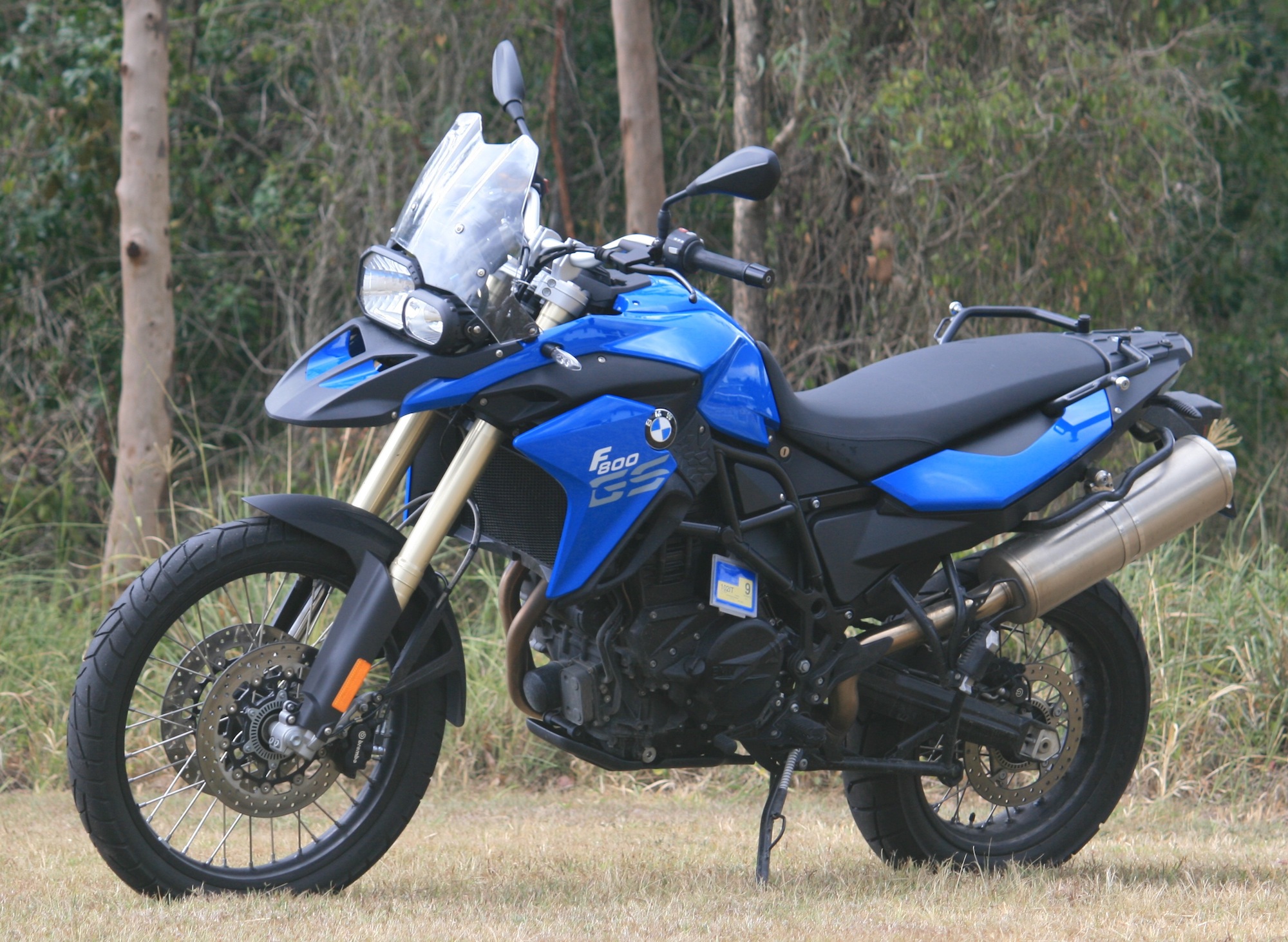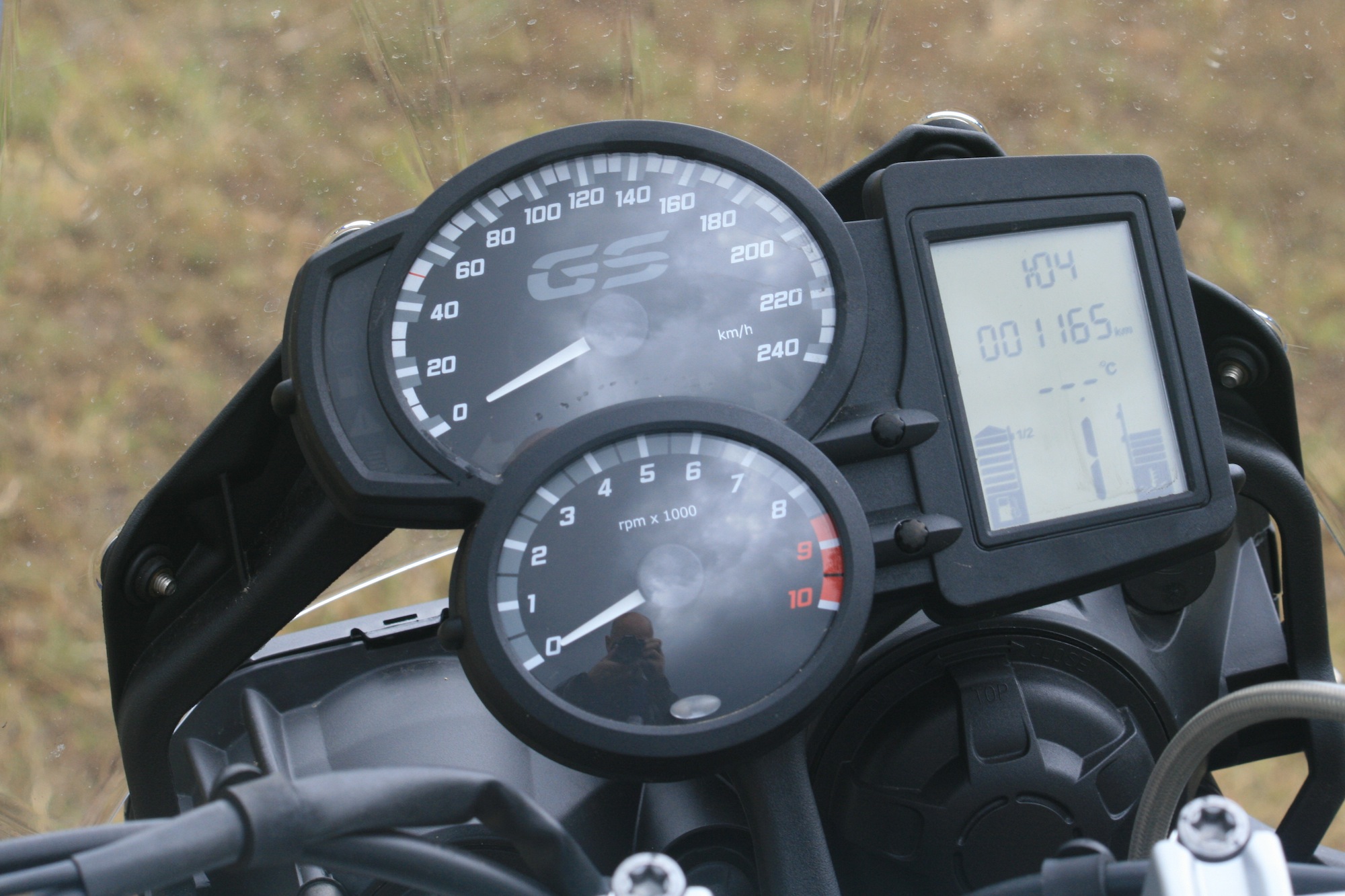
As I came up on a string of four cars traveling well below the speed limit, I glanced ahead at the coming traffic and, using my 20-something brain, calculated that I could make it.
Dropped a gear and cranked the throttle, my ill-fitting and ready-to-retire Bell helmet lifted and I stared out through the gap between the chin and strap.
As I passed the first two cars, the Beemer started coughing and spluttering, so I looked down through the gap and fumbled for a couple of precious seconds to find the reserve tap.
I couldn’t indicate as my left hand was busy finding that tap, but I just started merging into the small gap between cars two and three to prevent a head-on.
The driver behind me hit the skids, blasted the horn and gesticulated wildly.
I gave a little “sorry” wave and felt the red blush rising on my cheeks.
First chance I got, I passed the remaining cars and high-tailed it for a garage to top up.
Fast forward 30 years and about a dozen or more bikes and I’m riding through the pastures again when I come up on a couple of relatively slow-moving cars and decide to slip past.
When I merge back into the lane I look down to check my speed and see that the fuel warning light has come on. It reminds me of that scary incident way back when.

My mind does quick calculations and I figure I have enough fuel to get to Queensland Raceway in time for the V8 Supercars top 10 shootout if I take it a bit easy.
For the next 70-odd kays I flick between the economy readings and the range and notice that as I conserve fuel, the range actually increases or stays the same number for longer than 1km as the clever engine computer recalculates its efficiency.
Use of short-shifting, neutral on down hill runs and low throttle openings in tall gears has me convinced I can make it. Besides, fuel gauges aren’t that accurate, are they? Zero never means zero; it means you have at least another 10-20km to go, right?
Wrong!

Don’t you just love when technology works? I was so impressed with the range gauge that I allowed it to run almost dry several times aftewards just to convince my mates of its accuracy.
However, when I recently tested the new F 800 GS, I found the range gauge now worked the other way. That is, when you run into reserve, it starts a count-up from 0, not a countdown. But what’s the use of that unless you know how far you have to go until it runs dry? And it takes no count of any fuel-conservation techniques by the rider.
Modern EFI is so fast and accurate at measuring how your fuel burn is going that it can give immediate and average economy readings every few seconds as well as adjust a calculated reading of how many kays you have before sputtering to a halt.
It’s unusual that the techno-efficient Germans would go backwards on technology with this new range gauge.
Many bikes do the count-up when the bike goes over to the reserve tank. There is no reason why they can’t do an accurate countdown instead. It would be much more valuable to the rider.
I can only think of one reason why BMW changed to a count-up; maybe they were sued by someone who had sputtered to a halt while overtaking a line of cars, thinking they had further to go.
Running out of fuel


